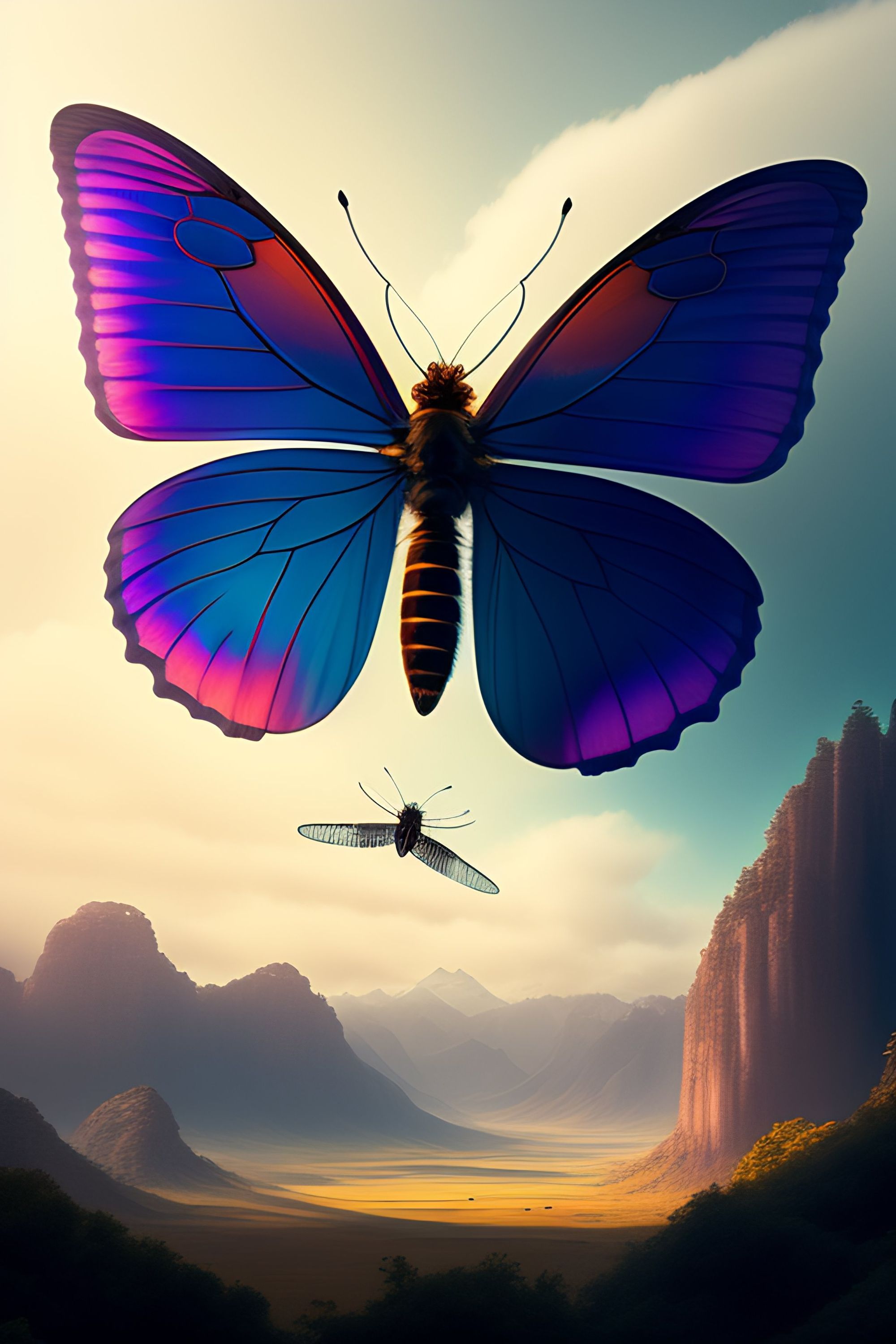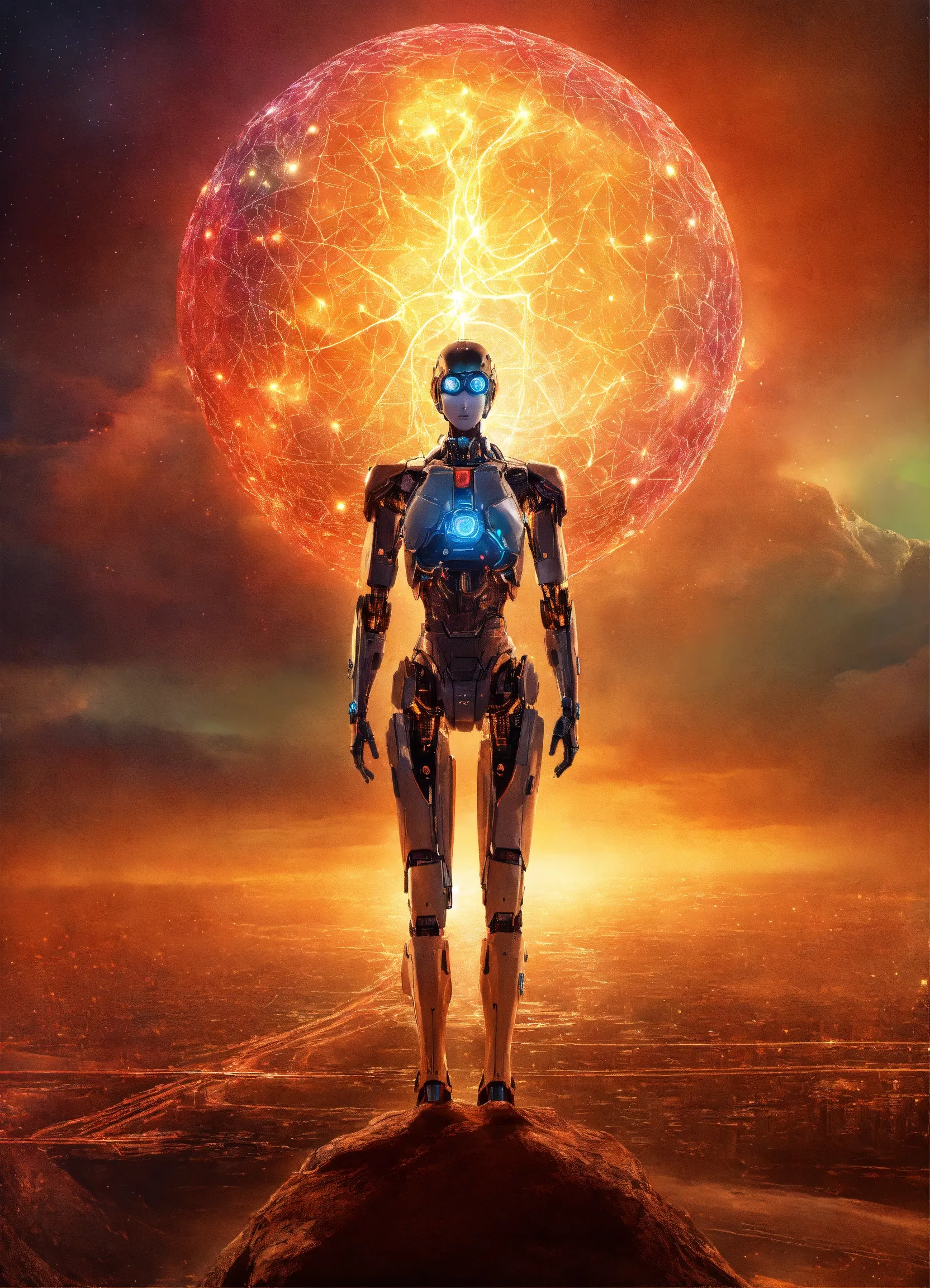The Metamorphosis Chronicles: Insect Life in the Brave New World
By studying the biomechanics and behaviours of insects, researchers have been able to create robotic systems that mimic their movements and functionalities.
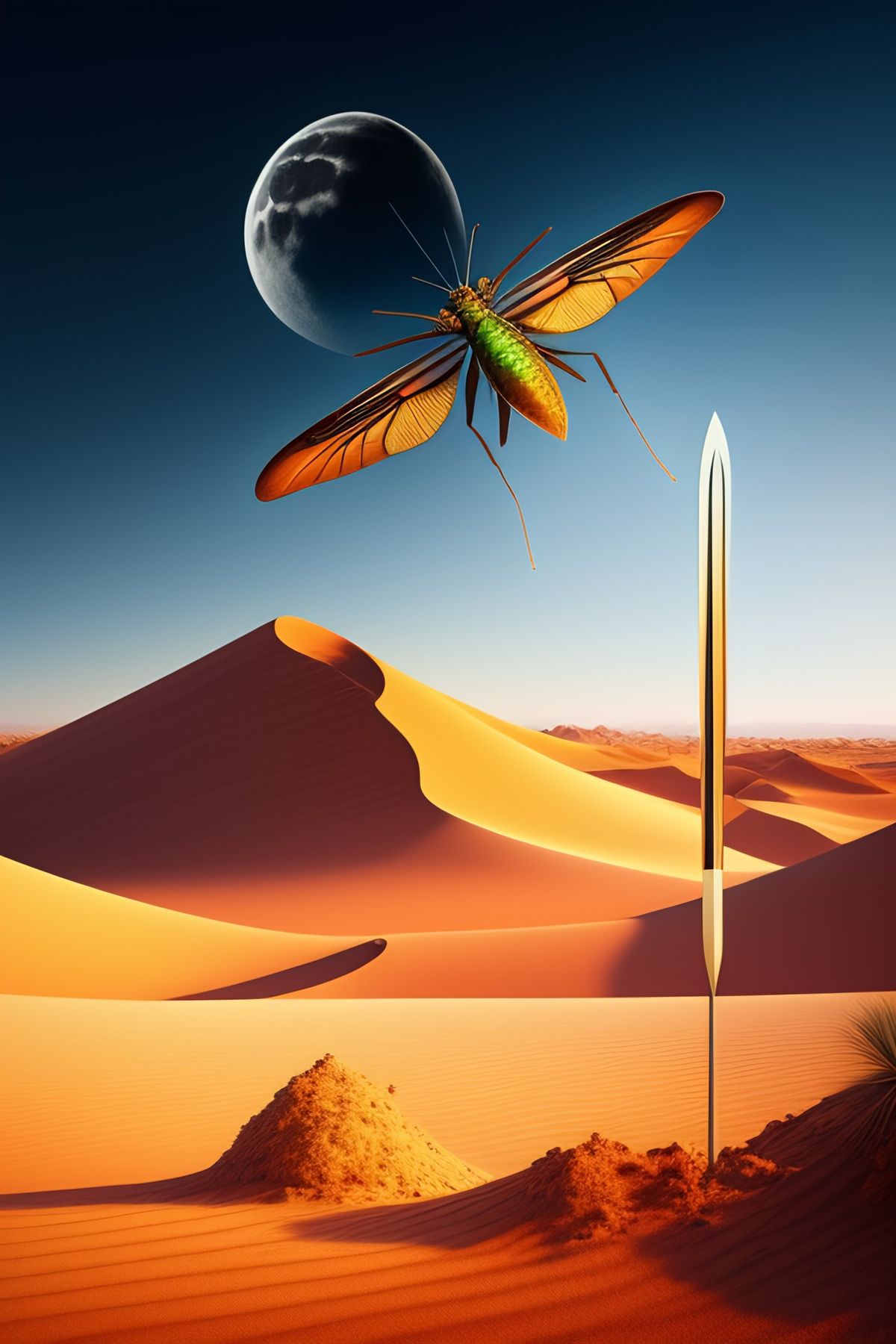
In the vast realm of nature, insects have always fascinated us with their incredible diversity and adaptability. From the delicate flutter of a butterfly's wings to the industriousness of ants, these tiny creatures play a vital role in maintaining the delicate balance of our ecosystem. However, in the brave new world of futuristic technologies, the lives of insects are undergoing a metamorphosis of their own. In this blog article, we will explore the fascinating ways in which insects are being influenced and transformed by the advancements of the digital age.
The Rise of Insect-Inspired Robotics
One of the most intriguing developments in the field of robotics is the emergence of insect-inspired designs. Engineers and scientists have long been inspired by the remarkable capabilities of insects, such as their ability to navigate complex environments and perform intricate tasks. By studying the biomechanics and behaviours of insects, researchers have been able to create robotic systems that mimic their movements and functionalities.
These insect-inspired robots, known as "biobots," are revolutionizing various industries. For instance, in agriculture, tiny drones modelled after bees are being used to pollinate crops, ensuring the continued production of food in the face of declining bee populations. These biobots are equipped with sensors and cameras, allowing them to navigate through fields and identify flowers that need pollination. By harnessing the power of technology and nature, these robotic bees are helping to address a critical ecological challenge.
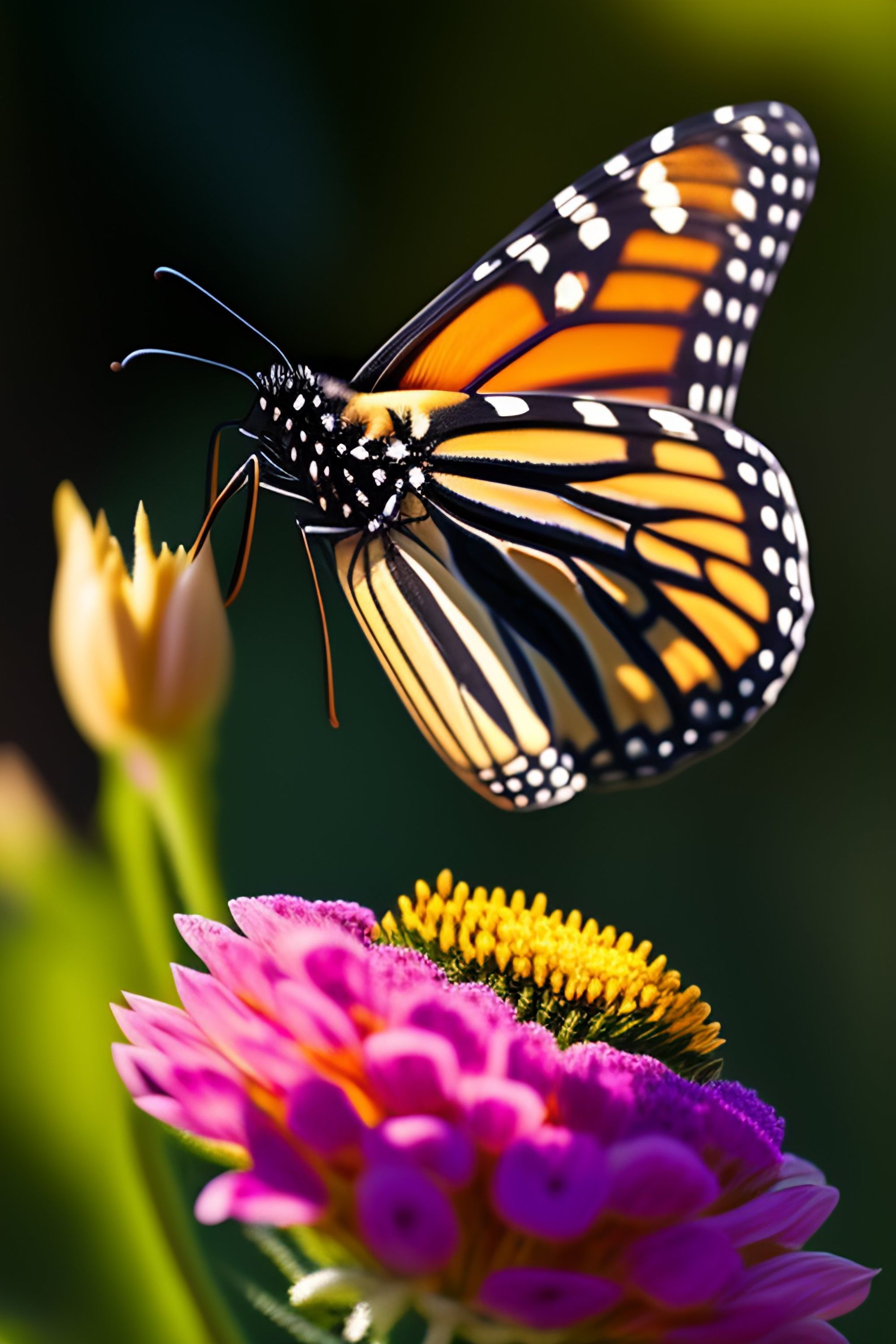
Insects as Bioindicators of Environmental Health
Insects have long been recognized as bioindicators, species whose presence or absence can provide valuable insights into the health of an ecosystem. In the brave new world of digital technologies, this role is being amplified and expanded. With the advent of citizen science initiatives and smartphone apps, individuals can now actively participate in monitoring insect populations and contribute to scientific research.
For example, the "iNaturalist" app allows users to photograph and identify insects, which are then logged into a global database. This data can be used by scientists to track changes in insect populations over time and assess the impact of environmental factors such as climate change and habitat loss. By engaging the public in insect monitoring, these digital tools are democratizing scientific research and empowering individuals to make a difference in the conservation of insect species.
Insect-Inspired Algorithms and Artificial Intelligence
The intricate behaviours and problem-solving abilities of insects have also inspired the development of algorithms and artificial intelligence systems. Ant colonies, for instance, exhibit remarkable collective intelligence, with individual ants working together to solve complex problems such as finding the shortest path to a food source. By studying these behaviours, researchers have developed algorithms that can optimize transportation networks, improve traffic flow, and even enhance the efficiency of supply chains.
In the field of swarm robotics, researchers are exploring how groups of small robots can work together to accomplish tasks more efficiently. By mimicking the decentralized decision-making processes of insect colonies, these swarm robots can adapt to changing environments and perform tasks that would be challenging for a single robot. From search and rescue missions to environmental monitoring, these insect-inspired algorithms and artificial intelligence systems are opening up new possibilities in various domains.
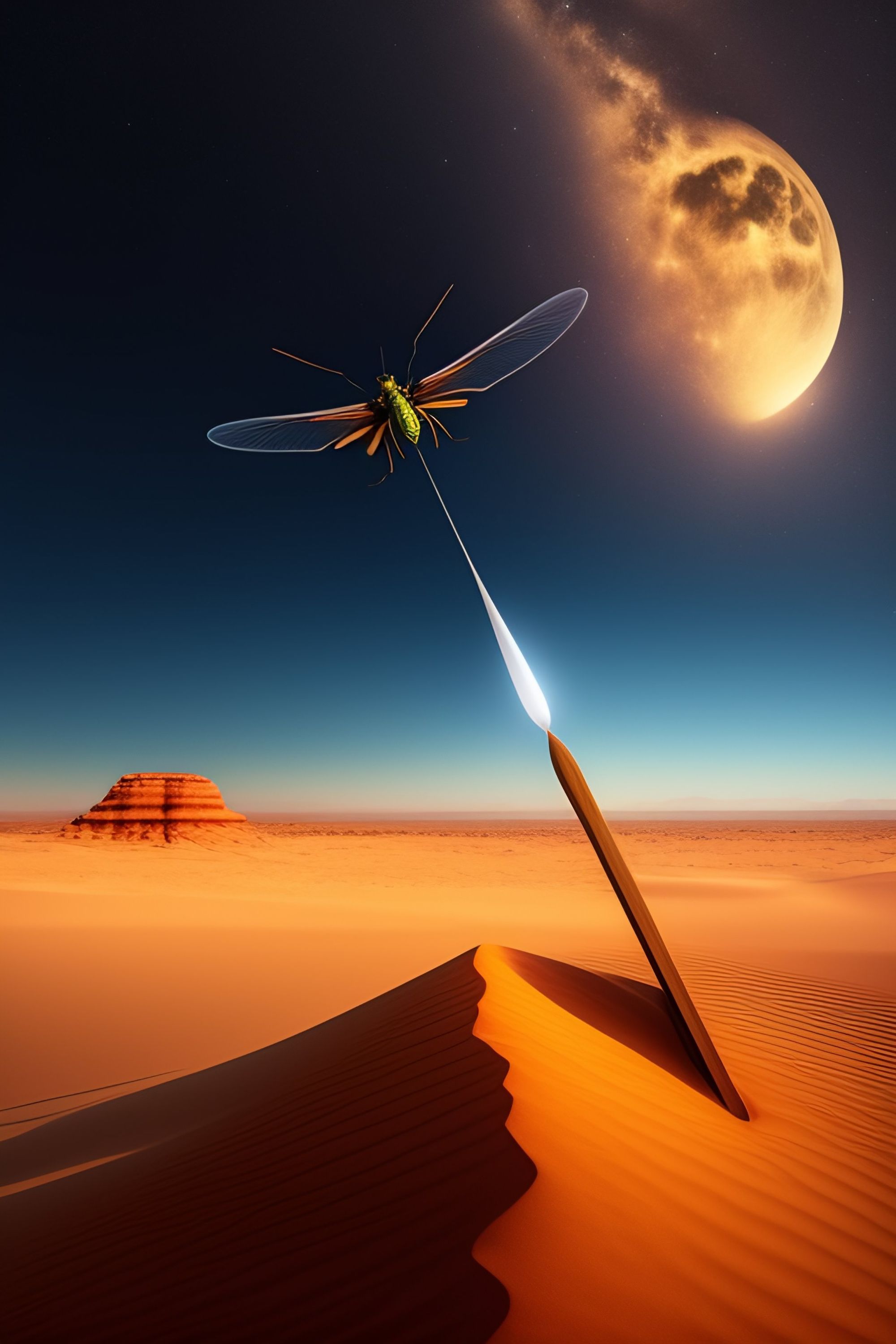
The Ethical Implications of Insect-Inspired Technologies
While the advancements in insect-inspired technologies hold great promise, they also raise important ethical considerations. As we integrate these technologies into our lives, we must carefully consider the potential impact on insect populations and their natural habitats. For example, the use of robotic bees for pollination may inadvertently disrupt the delicate balance of ecosystems, affecting the reproduction of plants and other organisms that rely on natural pollinators.
Furthermore, the widespread use of insect-inspired algorithms and artificial intelligence systems raises concerns about privacy and surveillance. As these technologies become more sophisticated, they have the potential to collect vast amounts of data about individuals and their behaviours. It is crucial to establish robust ethical frameworks and regulations to ensure that these technologies are used responsibly and in a manner that respects individual privacy and autonomy.
Conclusion
In the brave new world of futuristic technologies, insects are undergoing a metamorphosis of their own. From insect-inspired robotics to the use of insects as bioindicators, these advancements are reshaping our understanding of these tiny creatures and their role in our ecosystem. However, as we embrace these technologies, we must also consider the ethical implications and ensure that they are used responsibly. By striking a balance between innovation and conservation, we can harness the power of technology to protect and preserve the intricate web of life that insects are an integral part of.
